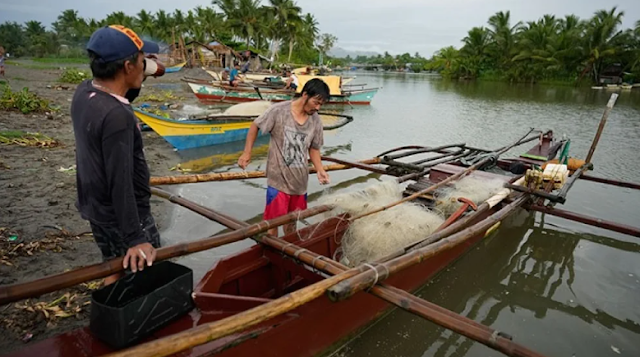
The Philippines government is leading an effort to bring back small fish as a key component of the rural diet. Small fish, also known as "galunggong," was once a staple of the Filipino diet, but their consumption has declined in recent years.

Fundamental fixings incorporate, ground meat, sugar, salt, dark pepper, vinegar, and garlic. The degree of taste will depend on the number of flavors you need to appear. Some additional fixings can be alternatively added, for example, bean stew powder, dried oregano, soy sauce, and MSG. Longganisa can be made with skin or skinless sort. Longganisa is normally cooked by bubbling a limited quantity of water together and permitting water to evaporate then cooking further with its own fat until it caramelized. A tip to try not to disintegrate is to place it in a cooler for some time prior to cooking.
As a matter of fact, longganisa is definitely not a local dish in the Philippines, it is started in Spain famously known as longaniza. It is also famous in Puerto Rico, Dominican Republic, Mexico, Chile, Argentina, and Uruguay, yet the taste, size, and style vary.
Here are the distinctive style of servings for "longsilog", a blend of longganisa, sinangag att egg (longaniza, seared rice, and singed egg):